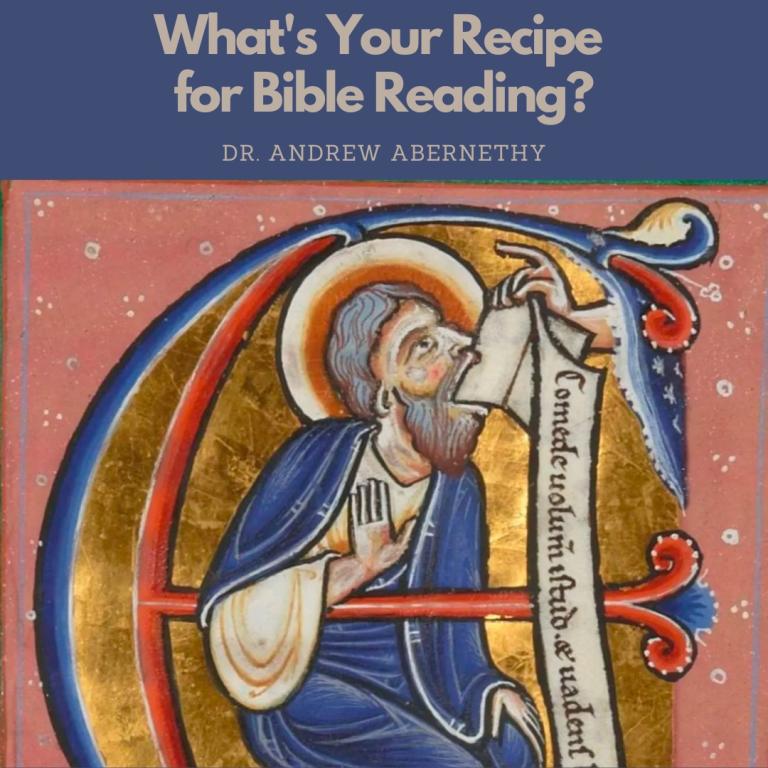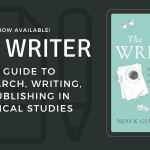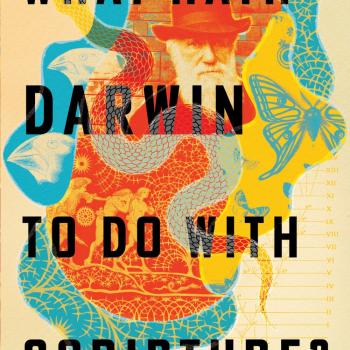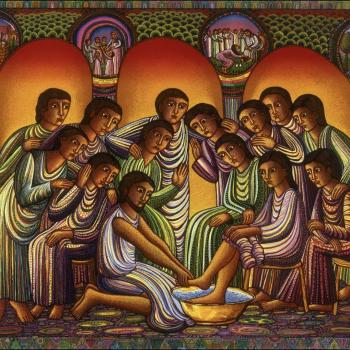What’s Your Recipe for Bible Reading?
Dr. Andy Abernethy (Wheaton College)
“If you want to grow as a Christian, you need to read your Bible.” This comes through loud and clear in our churches, but we receive little guidance in how to read the Bible. We’ve been told to bake cookies without a recipe. I wonder if you can relate to my story.
After decades as nominal Christians, my parents became Christians through studying John’s gospel. Soon after, we found a Bible teaching church, and my brothers and I began attending youth groups that encouraged us to read the Bible. However, I did not begin my personal study of Scripture until years later. At age 20, I experienced a renewed desire for God, and with that came a new resolve to read the Scriptures. Yet, despite my desire, I had no clue what I was doing, for no one had ever taught me how to read the Bible.
I unconsciously developed the habit of reading the Bible like a Ouija Board. I would try to dial into what the Spirit had for me by hovering over a passage somewhat mindlessly, waiting for something mystically to stand out. I bet that this “what strikes you” method is how most Christians read the Bible. God graciously meets us even when we read this way, but many Christians who read this way admit that they feel lost when it comes to reading and understanding the Bible. They hunger for more.
At some point late in college, I read How to Read the Bible for All Its Worth. It was revolutionary due to this one key insight: God inspired the original human authors to convey something specific to an original audience. By being alert to how ancient genres worked, we could better grasp what the original human author meant to convey to the original audience. A Bible passage cannot mean today what it never meant originally, so we need to turn on our brains and read historically and literarily to decipher what the original author meant. This was my first entry into the grammatical-historical approach, and all of a sudden, I could understand so much more of what the Bible was saying, at least historically. Had I found the complete recipe for Bible reading?
In my opinion, the grammatical-historical approach is only a part—albeit a vital part—of the recipe for reading the Bible well. Many students rightly see immense value in such academic training in Bible reading, but they also notice a growing gap between themselves and the Bible, and eventually between themselves and God and his church. They can’t shake the realization that God’s Word must be understood historically and literarily, but they yearn for the earlier days of communing with God through the Word. They strive to decipher what God was doing and saying back in the day, but they wonder how this maps on to what God is doing today, in this phase of redemptive history, in their individual lives and communities. They wonder if we even need the Holy Spirit if Bible reading is simply a matter of deciphering what a passage meant historically. Can we recover a second naiveté, a historically informed yet childlike and Godward reading of the Bible?
We need a recipe for reading the Bible that aligns with the nature of Scripture and reality itself. Yes, Scripture contains historical and literary texts that need to be read as such, but Scripture is unlike ancient texts in many respects. Scripture is a means God uses to reveal himself, and does so through his Spirit. Dependence upon the Spirit, then, must be a central to our reading of the Bible. Scripture consists of two testaments that orbit around Jesus, so we need to read individual passages as part of the entire Bible. God wishes to transform us through Scripture, so we must pursue what it looks like to respond to God’s Word. God speaks through the Bible to his church, which consists of folks from every tribe, tongue, people, and nation, so we must view ourselves as reading primarily within the church (not only the academy) and in communion with the diverse community of saints from across the ages and today.
In Savoring Scripture: A Six-Step Guide to Studying the Bible, I attempt to bring together what has been rent asunder. Academically, we need to bring together fields of study that are often separate: biblical studies, biblical theology, theology, and spiritual formation. Yet even as important as integrating insights from these academic areas is, we also can’t bracket out the Holy Spirit and our particular, individual experiences as we come hungry to God’s Word. Reading the Bible should involve an encounter between an encounter between you and the living God, who speaks and makes himself known both in the past and in our present reality. All of these considerations and more resulted in the six-step recipe for reading the Bible:
- Posture: coming to Scripture as teachable children, dependent upon God to make himself known and speak to us.
- Flow: grasping the author’s flow of thought across an entire passage in view of its genre.
- Context: situating a passage within its historical, cultural context and its literary context within a book of the Bible.
- Whole Bible: exploring how a passage fits into a two testament Bible that centers upon Jesus.
- Savoring God: interacting personally with God through the passage via study, prayer, meditation, and contemplation (lectio divina).
- Faithful Response: recognizing how God wishes for us to respond to and be transformed by God’s Word.
To close, I’d like to return to where this post began: “If you want to grow as a Christian, you need to read your Bible.” Churches and schools should rightly continue to advocate for Bible reading, but God’s people need a recipe. My hope is that Savoring Scripture will become a trusted resource for guiding God’s people in how to do this better, in dependence upon the Holy Spirit. May God meet you along the way as you try out a new recipe for reading Scripture!














